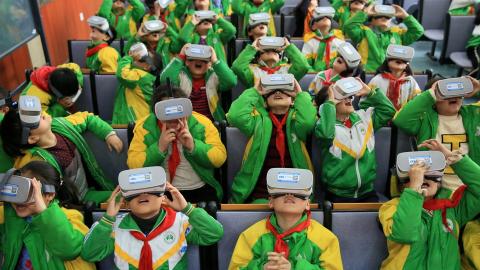The Myth of 'Learning Styles'

In the course of watching 9,000 different classes, Neil Fleming In the early ‘90s, noticed that only some teachers were able to reach each and every one of their students. What were they doing differently?
Fleming zeroed in on how it is that people like to be presented information. For example, when asking for directions, do you prefer to be told where to go or to have a map sketched for you?
Today, 16 questions like this comprise the vark questionnaire that Fleming developed to determine someone’s “learning style.” Vark, which stands for “Visual, Auditory, Reading, and Kinesthetic," sorts students into those who learn best visually, through aural or heard information, through reading, or through “kinesthetic” experiences.
The "learning styles" idea has snowballed—as late as 2014, more than 90 percent of teachers in various countries believed it. The concept is intuitively appealing, promising to reveal secret brain processes with just a few questions. Strangely, most research on learning styles starts out with a positive portrayal of the theory—before showing it doesn’t work.
This doesn’t mean everyone is equally good at every skill, of course. Really, people have different abilities, not styles.
Read more about peoples learning abilities here.
